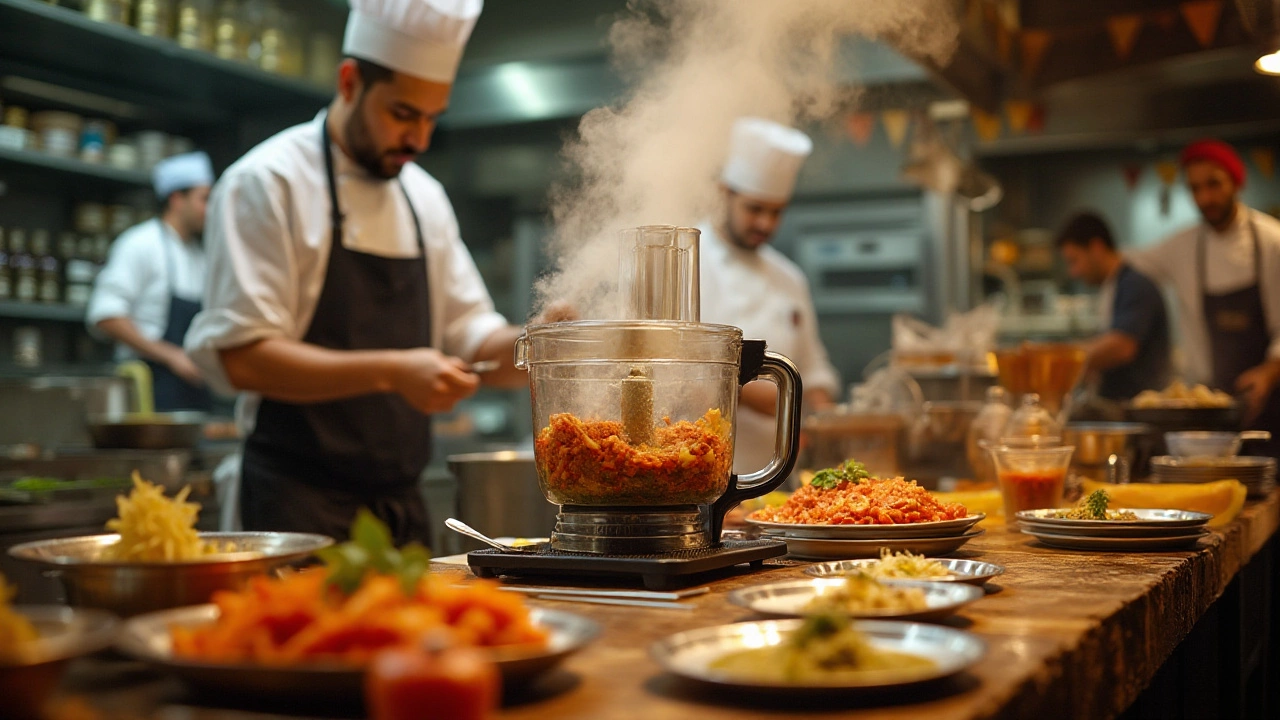- Pittsburgh: The Steel Making Capital of the US – History, Facts & Impact Jul 14, 2025
- Kiran Mazumdar‑Shaw: The Pharma Queen of India Explained Oct 13, 2025
- Asia's Largest Earth Moving Equipment Manufacturer: The Big Player in India May 7, 2025
- Booming Small-Scale Manufacturing Businesses in 2024 Feb 17, 2025
- Top 2 Manufacturing Businesses to Watch in 2025 Oct 18, 2025
Food Preparation: Trends, Tech & Tips
When you think about food preparation today, you probably picture a kitchen, a recipe app, or a factory line. The truth is, the whole industry is changing fast, and knowing what’s new can help anyone from a home cook to a plant manager.
What’s driving modern food prep?
First off, technology is getting into the mix. Sensors, automation, and AI are no longer just buzzwords; they’re inside factories making snack bars, frozen meals, and dairy products. This means faster production, less waste, and more consistent quality. For example, the post “Most Processed Foods” breaks down how ultra‑processed items are made and why they dominate shelves worldwide.
Second, sustainability is a big deal. Companies are looking for ways to cut energy use, recycle water, and source ingredients responsibly. The “Diverse Fields of Food Processing” article shows how new preservation methods keep food fresh longer without extra chemicals, which helps both the planet and the bottom line.
Practical tips for everyday prep
If you’re cooking at home, a few simple tricks can bring factory‑level efficiency to your kitchen. Batch‑cook grains or proteins, then store them in portion‑size containers – it saves time and reduces waste. Use a digital thermometer to check meat doneness instead of guessing; this mirrors the precision used in large‑scale production.
Another tip is to embrace “clean label” ingredients. The same trend that pushes manufacturers toward natural preservatives can guide you to simpler recipes with fewer additives. Look for spices, oils, and sauces that list only a handful of ingredients – it’s healthier and often cheaper.
Finally, don’t overlook the power of data. Even a basic food diary can highlight which meals give you energy and which don’t. Manufacturers rely on data to tweak formulas; you can use the same principle to fine‑tune your diet.
Rise Corp India’s collection of posts covers everything from the biggest steel suppliers to AI chip manufacturing, but the food‑related articles are a goldmine for anyone interested in how food gets from farm to fork. Whether you’re curious about why certain snacks are so popular, want to know which processing methods keep food safe, or are looking for ways to cut kitchen waste, these resources have you covered.
Stay updated, try a new tip each week, and you’ll see how small changes add up. The food preparation landscape is moving quickly, and with the right info you can stay ahead, whether you’re cooking for one or feeding a nation.
Why Restaurants Rely on Food Processors for Efficiency
- Aarav Sekhar
- Dec 24, 2024
Food processors have become indispensable in restaurant kitchens for their ability to streamline food preparation and enhance efficiency. These versatile machines chop, slice, blend, and puree ingredients with precision, saving time and labor. This article explores the various applications of food processors in professional kitchens and their impact on food quality. Discover how this essential tool supports chefs in delivering consistent culinary experiences.
